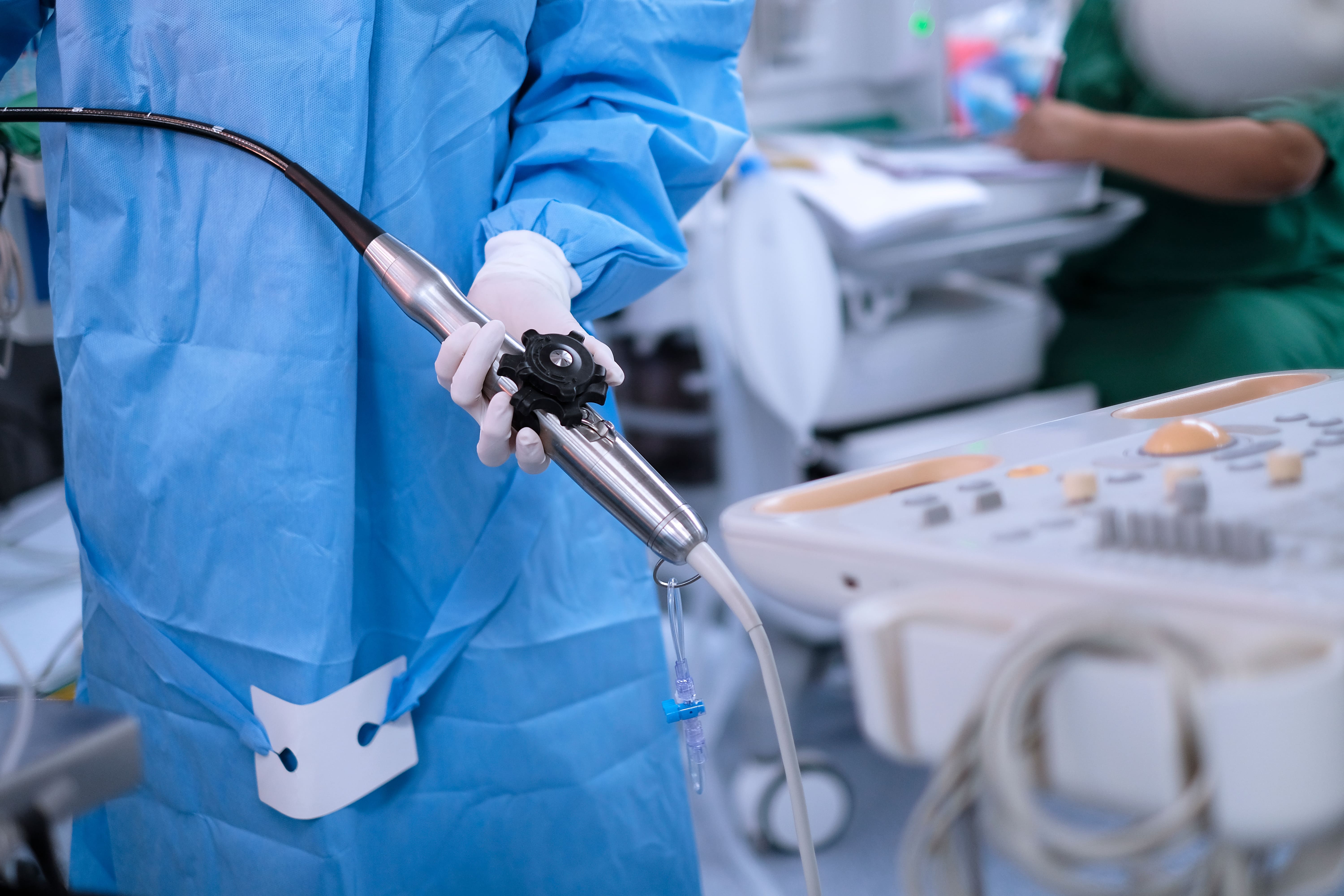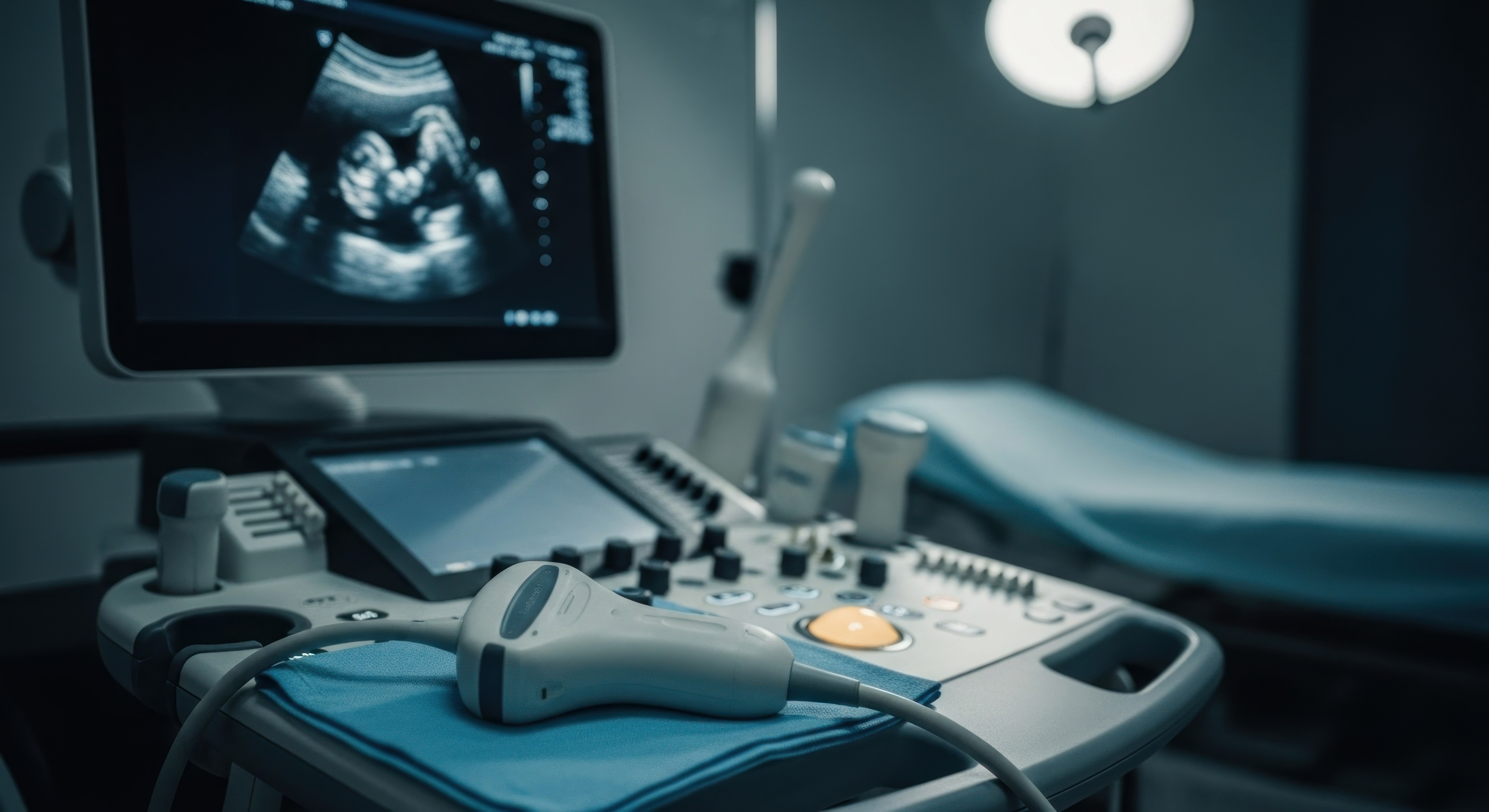Audit trails in healthcare facilities provide healthcare workers with essential data to evaluate infection control processes and standards.
Preparation for audits involves manual documentation of the cleaning and disinfection processes. These manual processes are time-consuming, not feasible in high-traffic areas of most hospitals, and prone to human errors. All this can increase the risk of regulatory penalties, if proper records are not kept.
Therefore, hospitals without automated systems for tracking and tracing the relevant disinfection information for audit trails may have unidentified disinfection errors that increase the risk of transmitting disease-causing pathogens.
In this article, you will learn more about audit trails and the importance of using automated disinfection systems to increase patient/staff safety and ensure your facility passes the next audit without stress.
Understanding Audit Trails in Hospitals
Audit trails are the detailed sequential records of activities within a system [1]. Most audit trails assess what was accessed, actions performed, and the specific time. In healthcare settings, audit trails are invaluable to ensuring disinfection procedures comply with hygiene protocols.
Also, audit trails can identify lapses in cleaning and disinfection procedures allowing hospitals to intervene early to prevent the spread of infectious microbes.
Following, are some of the reasons why it is significant to track and trace disinfection procedures in preparation for audits:
● Provides a transparent log of cleaning and disinfection processes to review any lapses.
● Provides accurate data to evaluate and monitor adherence to regulatory protocols.
● Provides evidence that a hospital's hygiene protocols meet the standards set by regulatory bodies.
Challenges of audit trails
Despite the benefits of audit trails, some hospitals may face some challenges in tracking and tracing the relevant disinfection procedures and confidently present this information during audits [2].
Here are some of the challenges:
● Compliance pressure on hospital staff because of the need to comply with various health and safety regulations.
● Risk of regulatory penalties if proper records are not maintained.
● Manual review and documentation of the logs are prone to errors, especially in hospitals’ high-traffic areas.
● Inability to fully capture or record all the disinfection activities in high-traffic areas due to complex processes and an overwhelming volume of events to record.
Given the regulatory pressures and the lack of human resources to track and trace all the necessary data in high-traffic areas, automating most of the manual processes is crucial.
How to simplify the track and trace of disinfection procedures to confidently comply with regulations and pass audits
Using an automated disinfection process is a great way to simplify the track and trace of disinfection procedures to comply with regulatory standards.
Most certified UV-C disinfection methods provide an automated disinfection process that eliminates the need to document, track, and trace disinfection processes manually.
These devices have an automated system that effectively eliminates microbes and also consistently tracks disinfection procedures [3]. In addition, they also tend to reduce costs and resources use compared to other automated disinfection solutions [4,5].
The following are the benefits of UV-C Disinfection for audit trails:
● Digital records: The track and trace ability of automated UV-C disinfection devices, like the D60, allows for digital record keeping, which ensures hospitals are always ready to provide evidence to prove compliance with regulations.
● Seamless Traceability: Automated UV-C systems have built-in digital tracking and documentation tools that provide disinfection data, preventing human error in processing large amounts of complex information.
● Time and Cost Efficiency: The UV-C disinfection systems’ automation eliminates lengthy and inefficient manual disinfection processes, minimizing downtime and resource expenditure required in high-traffic areas of healthcare facilities. This supports hospitals to swiftly track and trace disinfection procedures even in environments with elevated patient turnover.
● Compliance: The use of certified UV-C devices, under the MDR for example, ensures compliance with European health and safety regulations, reducing compliance pressure on hospitals.
● Minimizes Hospital-Acquired Infections (HAIs): UV-C effectively kills various microbes that could have been missed using manual disinfection methods. Therefore, it improves patient safety and decreases the risk of HAIs.
Closing Statement
Tracking and tracing disinfection procedures to confidently pass audit trails can be seamless with UV-C disinfection. Most UV-C disinfection systems, like the D60, provide digital records of disinfection processes which healthcare facilities can confidently provide as evidence to prove compliance with regulatory standards. Consequently, this improves patient safety and reduces the risk of regulatory penalties caused by human error or by not having up-to-date records due to high traffic, for example.
UV-C enhances disinfection capacities and efficiency, promotes patient safety, and saves the time and effort of manually tracking and tracing disinfection records.
To learn more about how automated UV-C disinfection, with certified systems and processes, can increase your confidence during audit trails, click here to check out UV Smart's products.
References
- Cruz-Correia, R., Boldt, I., Lapão, L., Santos-Pereira, C., Rodrigues, P. P., Ferreira, A. M., & Freitas, A. (2013). Analysis of the quality of hospital information systems Audit Trails. BMC medical informatics and decision making, 13, 84. https://doi.org/10.1186/1472-6947-13-84
- Lowe, H., Woodd, S., Lange, I. L., Janjanin, S., Barnet, J., & Graham, W. (2021). Challenges and opportunities for infection prevention and control in hospitals in conflict-affected settings: a qualitative study. Conflict and health, 15(1), 94. https://doi.org/10.1186/s13031-021-00428-8
- Katie Penno, Roman A. Jandarov, Madhuri M. Sopirala.(2017).Effect of automated ultraviolet C–emitting device on decontamination of hospital rooms with and without real-time observation of terminal room disinfection, American Journal of infection Control.https://doi.org/10.1016/j.ajic.2017.06.015. (https://www.sciencedirect.com/science/article/pii/S0196655317308039)
- Reinier de Graaf Hospital and Technical University Delft. (2023). The Way to Sustainable Healthcare: Reduction of CO2 Emissions and Turnaround Time Through Innovative Disinfection Methods
- Biadsee, A., Zohar, Y., & Assi, S. (2023). Cost Minimization Analysis of Nasopharyngoscope Reprocessing in Community Practice. Journal of Otolaryngolog - Head & Neck Surgery, 52(8), https://doi.org/10.1186/s40463−022−00610−9.

.png)






.jpg)
